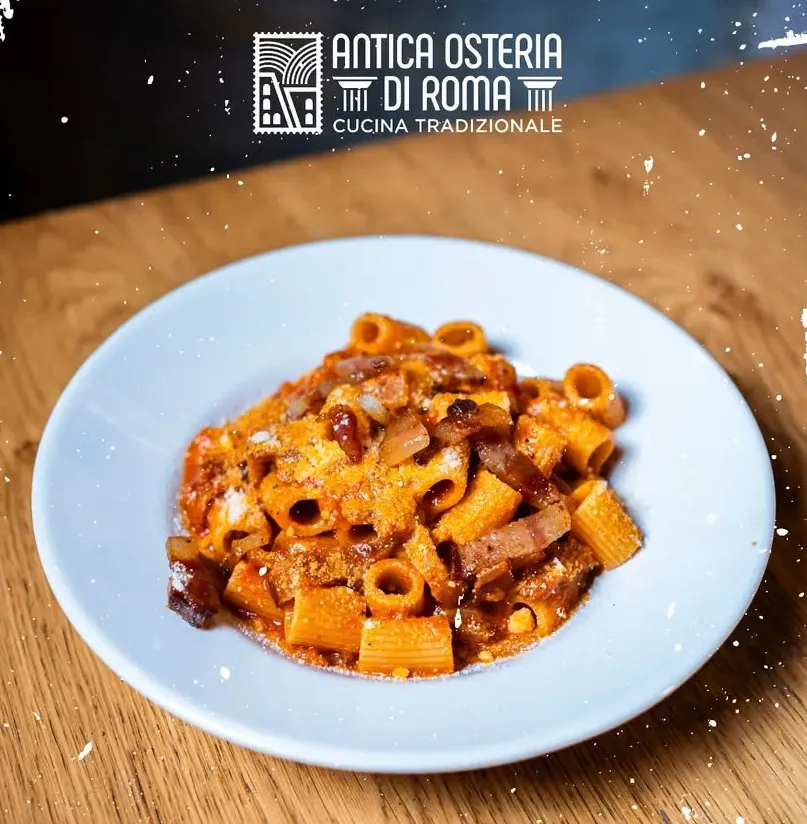A journey into the tradition of the Roman osteria.
Trastevere, Campo de' Fiori or Piazza Navona, where the city's most important market was held for centuries, have always been the cradle of the best roman taverns. The names change, the walls are renewed, but the traditional dishes remain unchanged.
What, then, are the oldest recipes in central Rome? In which osterias can the same flavors still be found?
- Artichokes alla Giudia
In the mid-1500s the Ghetto was made official in the Sant'Angelo neighborhood, although the Jewish community had nevertheless been settled for centuries right nearby in the heart of Trastevere. The meeting of kosher and Roman culture gave birth to this ancient delicacy, one of the simplest and tastiest preparations. It's all in the raw material, carciofi cimaroli, from the Roman territory, tender and without thorns, to be gently fried in olive oil. And to be eaten in one bite. Indispensable in any true osteria in Rome. - Saltimbocca alla Romana
Attested to since the second half of the 1800s (the authoritative Artusi hands them down to us), they are perhaps the most famous traditional second, along with coda alla vaccinara. Butter (or lard), very thin slices of beef or veal, a slice of prosciutto laid on top, to be barely seared, half a leaf of sage and no more. For nearly two centuries, the simplicity of this culinary masterpiece has remained identical. There are some who attribute the invention of saltimbocca to the people of Brescia, but from the name they have taken, “alla romana,” it is clear where to look for the best taverns in Rome In which to enjoy them. - Strascicata Chicory
The oldest dish, closely linked to the land and tradition of Rome. Chicory was rigorously harvested from the countryside around the capital and then sold to the city's taverns-a peasant dish appreciated by even the most discerning and educated palates. Here, too, there is a meeting of two cultures. Since time immemorial, garlic and chili pepper have defined the unmistakable taste of this side dish, a vegetable that has become a symbol of the Latium and Roman areas. Indeed, outside Rome, very often, mica ce ce is chicory! - La Carbonara
Does it make sense to talk about Carbonara? It is the recipe with the most debated origins, from the most disparate preparations. It is perhaps the first of the most recent tradition; its most controversial history ties it to the Americans, the most imaginative to the British. There are those who want it Umbrian and those who want it Neapolitan. Some put garlic in it, some cook eggs, some use both egg whites and yolks... In the ancient taverns of Rome Carbonara is made as it has always been made. You just have to go and taste it. - The Amatriciana and the Gricia
The closest relatives of Roman cuisine, and among the oldest recipes. The earliest historical records date back to the early 1800s, but the Grisciani shepherds around Amatrice, famous for their guanciale, had probably long ago discovered how to cook a Gricia: that is, a white amatriciana. Their meeting point is lost in time: the two dishes, in fact, differ mainly in their use of tomatoes. But the crispness of the guanciale, the savoriness of the pecorino, the addictive spiciness, remain the same in both.

Staying local: the history of our flavors
Near Piazza Navona, behind Via Vittorio Emanuele II, there was the Alley of the Amatricians. In these areas was the Piazza dei Grici, where the products needed for these historic preparations could easily be found. Today, however, right in the heart of Rome, exactly on Via Vittorio Emanuele II, stands L'Antica Osteria di Roma, where history, love of cooking and traditional flavors come together to give customers an authentic Roman experience.
It is therefore in the cradle of tradition that theAntica Osteria of Rome, among the beauties of Santa Maria in Vallicella, a stone's throw from Campo de' Fiori, where you can breathe in authentic taste and timeless flavors. We also talk about it in this article, where you can delve into the location and savor the atmosphere of the Antica Osteria.
Antica Osteria di Roma is open Monday through Sunday, 11 a.m. to 10 p.m.
Book a table And come visit us!
